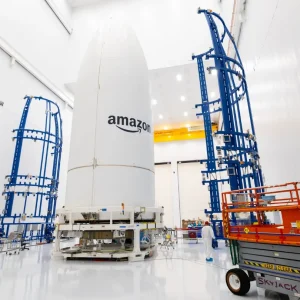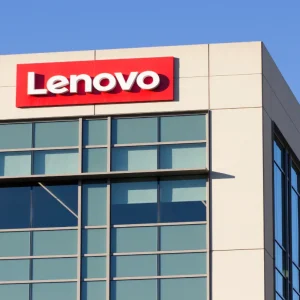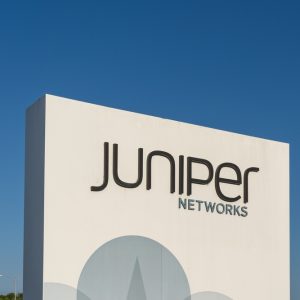
As the Internet of Things (IoT) proliferates the opportunities available from connected services, software and service solutions company PTC is helping the service technology industry to ease their production lifecycle management.
PTC has embraced the trend with the acquisition of IoT platform provider, ThingWorx, in January 2014.
Brian Lindauer, SVP solutions and product strategy at PTC spoke to CBR about the impact the IoT is having on the industry how Thingworx will help PTC take on the connectivity challenge.
Why do companies need to consider the IoT as part of their service offering?
What’s happening is not unlike what happened in the late 90s when the internet changed the game. The IoT is the second coming of the internet; the internet is applying to more and more things.
You have to consider borders book shop and Amazon and how they both fared from changing their corporate strategy to fall in line with the internet. Amazon adapted and expanded, where Borders didn’t and Amazon emerged triumphant.
When you think about servitisation and the opportunity that connectivity is making available to you as a manufacturer, there is a similar winners and losers situation that is going to occur, and I think most people would rather be Amazon than Borders.
How is the service technology industry responding to the IoT?
A really important part of service technology that we’re all starting to grasp today is that your service technology needs to be connected to your product.
Servitisation is really becoming a reality as a result of connectivity. [PTC’s] response to the trend of the IoT force was to acquire ThingWorx.
In 2010 we had one billion connected things, with five billion connected people. By 2020, the devices will have taken over with 50 billion devices to 7 billion people. I welcome the day when all my things are connected and manufacturers can drive that value for me.
What does capabilities does ThingWorx provide?
ThingWorx is an IoT platform that puts a lot of emphasis on its ability to connect people, systems and things. Their technical stack is aligned appropriately; it goes beyond just on-board communications software to enable successful communication of devices with regards to security challenges.
ThingWorx provides several different functions, primarily connecting devices in secure, efficient and scalable ways. That connected product needs to talk to something, whether it be in the space of device cloud or a product cloud. ThingWorx provides this function as well and gives the device something to talk to. What you really want to do is establish value added applications and useful ways of leveraging that data.
How does ThingWorx provide a connected system for service?
If there is a fault on a piece of equipment that I’m responsible for, the information about the condition and fault code can be sent through ThingWorx to a knowledge system to automate the diagnosis process and what needs to occur. A technician could be scheduled automatically and order the parts and locate the service information they need while on site so everything is bundled together into one service officer so they can fix it first time.
How do you address the issue of information legacy when deploying a new system like ThingWorx?
A lot of legacy equipment was censored so it could be tested in house. They have certain types of data stacks available but they weren’t built to be connected to the internet. ThingWorx have ways of retrofitting old machines either by putting a hardware device on the asset that hardwires itself to the machine or by updating software.
A key concept for is that the ThingWorx solution has lots of layers to it: there’s the device connectivity, internet availability of the device cloud, the ability to build apps and the ability to model that full definition of a product.
The problem is they are still only just getting that signal to the cloud, so a lot of our customers have deployed ThingWorx next to their existing investment to leverage the quick modelling and outbuilding capabilities to extract value from the investment they’ve already made. A lot of the real power of the platform is the ability to innovate at low cost.
With ThingWorx, will PTC be able to offer automated service solutions?
ThingWorx is a platform for connecting the products and defining rules for certain conditions, assessable condition, feeding that info to other locations such as big data warehouses and building apps. But on its own, it is not a predictive maintenance system, no IoT platform really is right now. There are predictive data solutions out there but they need data to work, which you can acquire but nobody has really married those two things together yet.
Predictive maintenance is one form of service automation where you’re trolling big data and unstructured information looking for trends but if you take a step back and say, what if we could connect the more tangible static assets like maintenance schedules, warranty data and combine that with a real understanding of your assets to make more structured decisions. That’s a short term goal of PTC.






